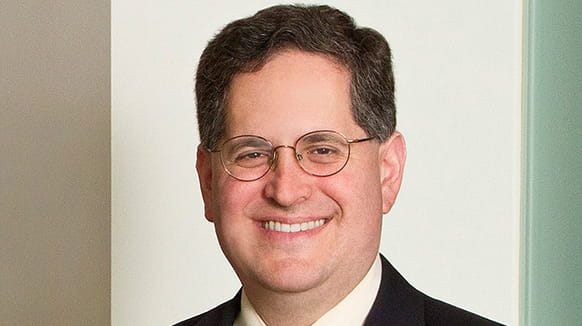View the PDF version of the November 2020 IP Beacon.
David Bell and Mike McArthur in Intellectual Property Magazine: Name Drop
It’s official: the Washington Redskins are no more. Well, the name, that is. Despite team owner Daniel Snyder’s famous 2013 proclamation – “We’ll never change the name. It’s that simple. NEVER. You can use caps” – the National Football League (NFL) team announced the retirement of the ‘Redskins’ name and logo on 13 July 2020.
The team’s name has long been a controversial talking point, with critics claiming the term ‘Redskins’ is a racial slur and a negative stereotype towards Native Americans.
David L. McCombs, Theo Foster, Eugene Goryunov, Scott Jarratt, Calmann Clements in The Patent Lawyer: ‘Good for the Gander: Patent Owners Face IPR Estoppel, Too’
Most patent litigators are familiar with the inter partes review estoppel that bars a petitioner from relitigating its validity challenge after the Patent Trial and Appeal Board (PTAB) issues a Final Written Decision. But a lesser-known estoppel provision exists and prohibits a patent owner from “taking action inconsistent with” an adverse judgment, including pursuing before the Patent Office a “claim that is not patentably distinct from a finally refused or canceled claim.” The patent owner estoppel rule has gotten little attention, so this article will explore what qualifies as a triggering “adverse judgment” and what the rule prohibits a Patent Owner from doing.
PTAB Reforms Under Director Iancu’s Leadership
Andrei Iancu was sworn in as Under Secretary of Commerce for Intellectual Property and Director of the U.S. Patent and Trademark Office (PTO) on February 23, 2018, after being unanimously confirmed by the Senate. During his nomination hearings, Mr. Iancu testified that he would take a hard look at the Patent Trial and Appeal Board (PTAB) and try to achieve what he viewed as the correct balance between fostering innovation and improving patent quality. Shortly after his confirmation, Director Iancu stated that, under his leadership, the PTAB would “take a holistic approach to fully implement the intent” of the America Invents Act (AIA) so that PTAB trials would “be a true alternative to district court litigation, not a consistent multiple bite at the apple.”
Joseph Matal and David McCombs in FedCircuitBlog: Online Symposium: Will the CBM Program Retire Too Early?
The Transitional Program for Covered Business Method (“CBM”) Review will come to an end on September 16, 2020, after eight years. In our view, the CBM program’s brief history is a cautionary tale about the costs that are imposed on the system when the Supreme Court delays in rectifying a mistake.
Trends in ISP and Platform Liability: CDA Section 230 and DMCA Safe Harbors
The internet as we know it today was made possible, in part, through the creation of a legal framework that permits platforms and internet service providers (ISPs) to host user-generated content without substantial risk of liability. Two significant statutes are collectively responsible for establishing this framework: The Communications Decency Act of 1996 (CDA) and The Digital Millennium Copyright Act (DMCA), enacted in 1998.
Eugene Goryunov, David McCombs, Raghav Bajaj, Dina Blikshteyn, Jonathan Bowser and Angela Oliver in LegalTech News – Brave New World: How AI Tools Are Used in the Legal Sector
In our previous article, we explored several legal implications that artificial intelligence will have on patent law, and the availability of patent protection for AI inventions. In this article, we explore the impact of AI in the legal industry, including new AI tools for legal departments, and how to plan for risk when using these AI tools.
David McCombs, Eugene Goryunov, Dina Blikshteyn, Roy Falik in Law360: The Ethics of Using Chatbots For Legal Services
Today, artificial intelligence chatbots are becoming more and more common. They are computer programs designed to imitate human conversation, either using voice or text.
AI chatbots include neural networks trained on data that includes human conversations. Natural language processing and natural language understanding algorithms allow AI chatbots to understand, respond and participate in these human communications.
